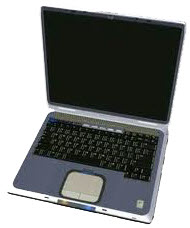 Despite this seeming to be the most expensive computer I’ve ever owned, I remember very little about it. Oh, I definitely remember owning it and its painful demise. I just don’t remember any technical details about it. I do remember that its purchase was triggered by the need to replace a desktop PC.
Despite this seeming to be the most expensive computer I’ve ever owned, I remember very little about it. Oh, I definitely remember owning it and its painful demise. I just don’t remember any technical details about it. I do remember that its purchase was triggered by the need to replace a desktop PC.
Prior to buying this for what is now an unbelievable $1369 dollars in February of 2004, I did all my heavy lifting on some sort of relatively bulky desktop unit. I recall a Compaq and an Acer and there were other forgotten workhorses on my desk over the years. (The first was a Radio Shack IBM XT clone but that’s a whole different story.) The small size and low power consumption required for portability come at a price and a big crude tower offered a lot more compute power than a laptop at a lot less cost. Though the old Portege remained adequate and would still see action after the HP arrived, it was straining. When the current desktop developed some major problems, I decided to invest in a machine capable of handling everything.
I know that model number in the title isn’t exactly right. ze4000 was the designation for a family of computers with many members. I think mine might have been a 41xx but I’m not even sure of that. I’m relatively certain that it had a Pentium 4-M running Windows XP but at what speed I don’t know and I have no idea on the hard disk or memory size, either. Whatever the numbers were, they were big enough to handle all of my needs. Since the purchase of the HP, no desktop computer has entered my home.
Saying that I did all of my heavy lifting at home isn’t entirely true. I did do some of my day job at home and used my own computer for some serious word processing and software development. I also did all of the route plotting and as much photo editing as possible at home. But, of course, the bulk of the photo editing had to take place in motels as I traveled. Resizing a photo is pretty processor intensive. So is rotating one. Compared to the Portege, which was OK at both jobs, the HP was lightening fast. Lugging around the relatively heavy HP seemed justified by the difference in time spent prepping pictures for upload.
But all that lugging took its toll on the HP. In the fall of 2005, it began shutting down at inopportune times. In what was a sort of last hurrah for the Portege and a definite testament to its portability, I took both computers along on a west coast fly-and-drive trip in case the HP became unusable. After determining that it was motion that killed the HP, it became a tabletop rather than laptop computer. The Portege did see some use on that trip but most of the photo work was handled by the HP on a hard surface using light keystrokes.
Back home, I babied the HP through a few more months but finally went for some professional help. Even the pros were initially stumped but a second visit turned up a crack in the motherboard. Curing it would require replacing the board at a price approaching that of a new machine. The HP ze something-or-other was done.

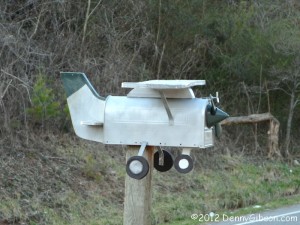 An uncle who spends much of the winter in Florida was kind enough to invite me to stay with him for a few days. So there’s a road trip involved with a journal for it
An uncle who spends much of the winter in Florida was kind enough to invite me to stay with him for a few days. So there’s a road trip involved with a journal for it 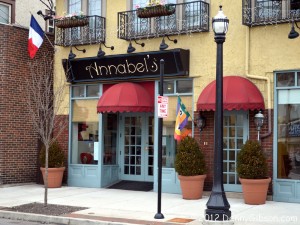
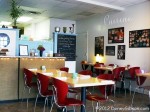
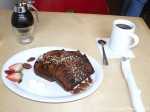


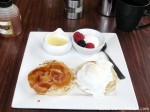
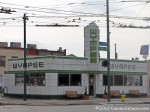
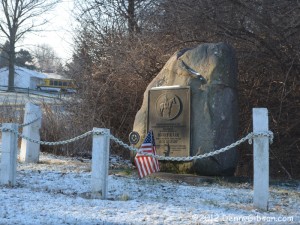 When I learned that the state of Ohio contains a monument to Robert E Lee which I’ve driven right by without even seeing, I decided to spend a clear (but very cold) day investigating. Missing the monument was partly the result of some wrong ideas about Dixie Highway routing which I also tried to correct. The one day trip report is
When I learned that the state of Ohio contains a monument to Robert E Lee which I’ve driven right by without even seeing, I decided to spend a clear (but very cold) day investigating. Missing the monument was partly the result of some wrong ideas about Dixie Highway routing which I also tried to correct. The one day trip report is 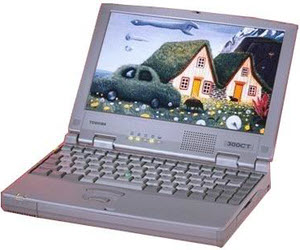 Having blown nearly 400 bucks on a
Having blown nearly 400 bucks on a 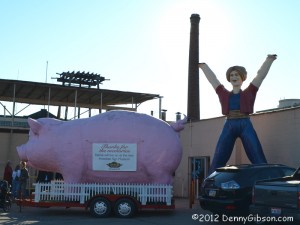 One phase of Tod Swormstedt’s dream came true in 2005 when the
One phase of Tod Swormstedt’s dream came true in 2005 when the 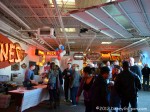
 The museum announced the closing and accompanying “Done with the Old. On to the New” open house about three weeks ago through its email list and a week ago through Facebook. Apparently a couple of hundred people responded by registering for the event. Then, on Friday, the Cincinnati Enquirer ran
The museum announced the closing and accompanying “Done with the Old. On to the New” open house about three weeks ago through its email list and a week ago through Facebook. Apparently a couple of hundred people responded by registering for the event. Then, on Friday, the Cincinnati Enquirer ran 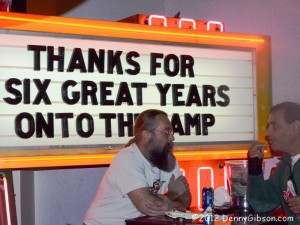 It takes more than two men and a truck and a weekend to move a museum but Tod and crew think a couple of months should be enough. They have targeted April 28 for the Camp Washington Grand Opening which will be exactly seven years after the Essex Place Grand Opening.
It takes more than two men and a truck and a weekend to move a museum but Tod and crew think a couple of months should be enough. They have targeted April 28 for the Camp Washington Grand Opening which will be exactly seven years after the Essex Place Grand Opening. 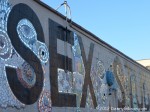
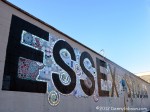
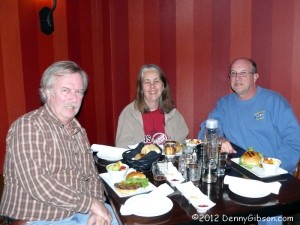
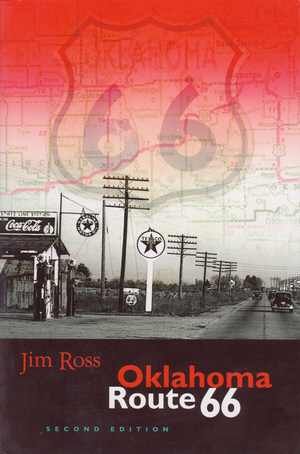 I like this book so much that I have three copies of it. Well, maybe not three exactly but more than two. I got my first in 2007 in anticipation of an Oklahoma trip. It didn’t take me long to discover that the copy was flawed and it didn’t take much longer for a replacement to be provided. A printing error had caused many pages of that first copy to be omitted, duplicated, or otherwise jumbled. The replacement, with all pages present and in the right place, was quite an improvement. This second edition is also an improvement though not that drastic. With it’s accidental mishmash of pages, that first copy was essentially unusable. Every other copy of first edition Oklahoma Route 66 was eminently usable. The second edition is even more so.
I like this book so much that I have three copies of it. Well, maybe not three exactly but more than two. I got my first in 2007 in anticipation of an Oklahoma trip. It didn’t take me long to discover that the copy was flawed and it didn’t take much longer for a replacement to be provided. A printing error had caused many pages of that first copy to be omitted, duplicated, or otherwise jumbled. The replacement, with all pages present and in the right place, was quite an improvement. This second edition is also an improvement though not that drastic. With it’s accidental mishmash of pages, that first copy was essentially unusable. Every other copy of first edition Oklahoma Route 66 was eminently usable. The second edition is even more so.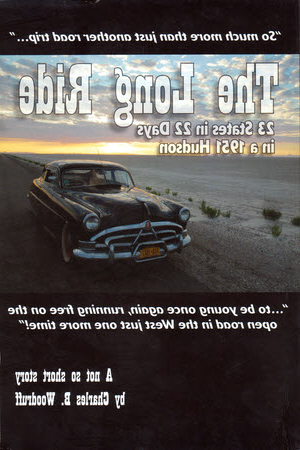 So now that I’ve explained why I don’t like to post viewer stats, here are some hidden in a paragraph for folks who bother to read outside the bullet list. For 2011, the entire website had 43,213 visits with 227,060 page views. The most popular page was the
So now that I’ve explained why I don’t like to post viewer stats, here are some hidden in a paragraph for folks who bother to read outside the bullet list. For 2011, the entire website had 43,213 visits with 227,060 page views. The most popular page was the